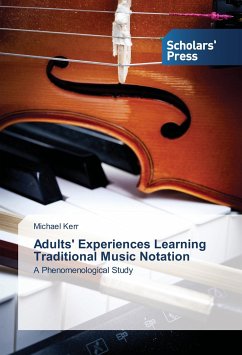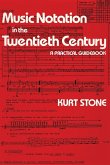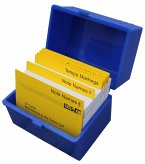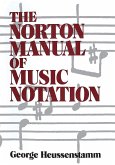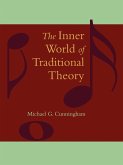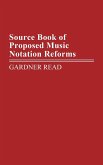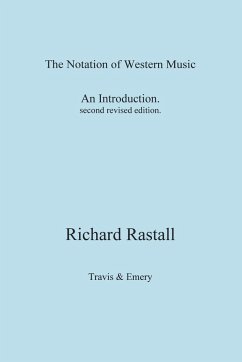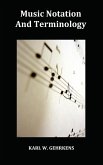Many aspiring musicians never learn to read and write traditional music notation, yet they achieve a high level of proficiency in singing and/or playing by ear. What is wrong with this picture? Traditional music notation is beyond complex; it is complicated. The principles of music theory are simpler and more intuitive than the symbol system itself; music notation is more accessible to left-brained learners; and presenting notation before audiation is counterproductive. This study explored traditional music notation from multiple perspectives: the relationship of mathematics and music, cognitive models, learning models, factors in the learning environment, brain dominance, multiple intelligences, cognitive load, alternative notation systems (like the Nashville Number System and base-12), and music education. It identified the core issues, the central phenomenon, how to reverse that dynamic, and criteria for a simple, intuitive notation system. This book lays the groundwork for music teachers and students striving to comprehend the challenges of traditional music notation. The models, insights, and solutions apply to many other fields.
Bitte wählen Sie Ihr Anliegen aus.
Rechnungen
Retourenschein anfordern
Bestellstatus
Storno

